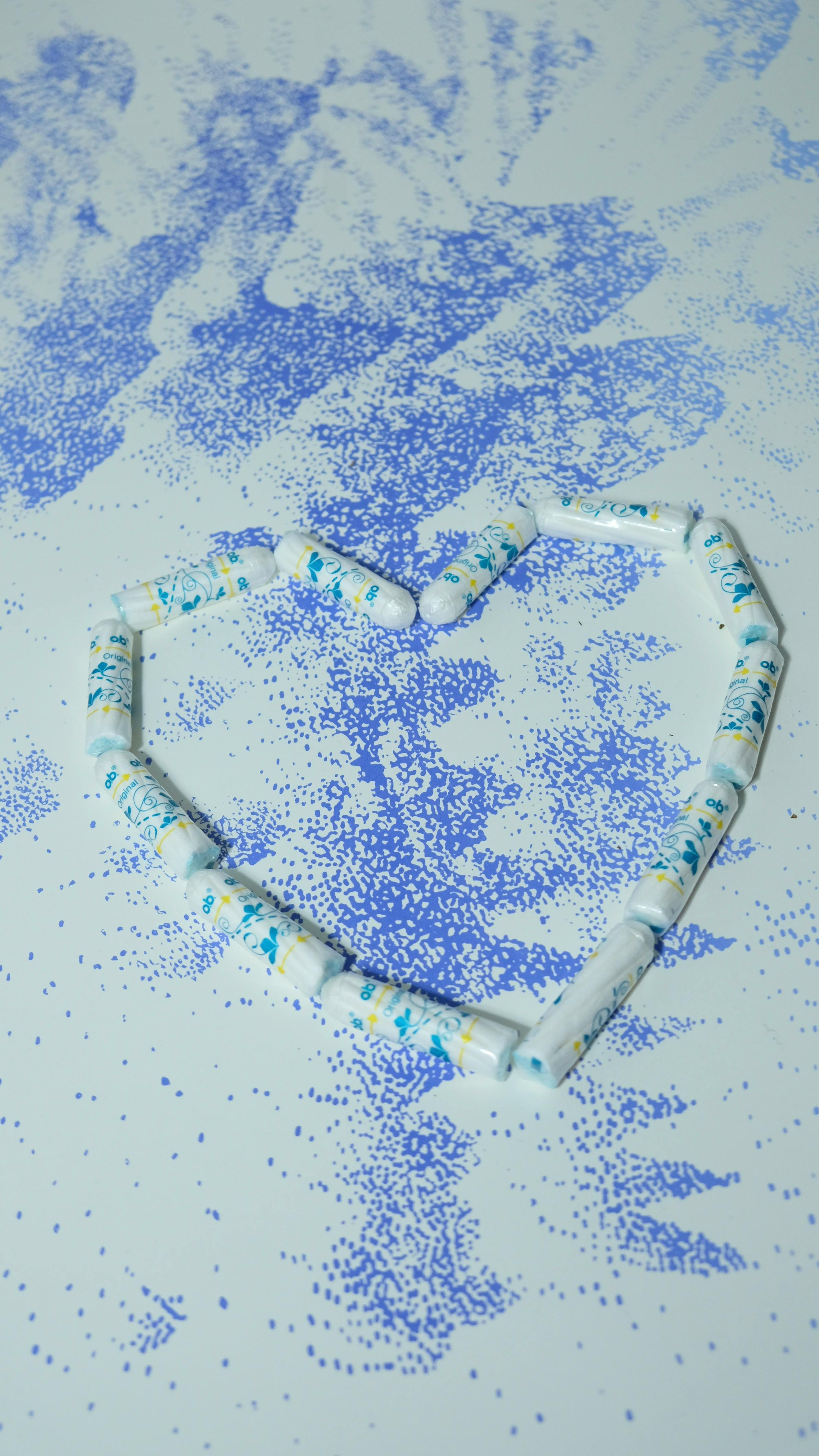Best 7 Methods for Cooking Salmon at 425
Introduction to Cooking Salmon
Cooking salmon perfectly is an art that can elevate any meal. With its rich flavor and numerous health benefits, salmon is a popular choice for many home cooks. From flaky fillets to juicy steaks, there are methods to ensure your salmon is not only cooked through but also delicious. In this article, we will explore the best seven methods for cooking salmon at 425°F—a temperature known for its efficiency in achieving a perfect doneness without drying out your fish. You'll discover tips on timing, flavoring, and techniques for various salmon preparations, ensuring you serve a succulent dish on your table every time.
Whether you prefer baking, grilling, or pan-searing, understanding how long to cook salmon at 425 will improve your culinary skills and dinner outcomes. With this guide, you'll find practical recommendations like cooking times, seasoning options, and serving suggestions to create meals your family will love. Read on to uncover the best practices for cooking salmon, paired with simple recipes and methods that suit different palates.
1. Baking Salmon in Foil
Baking salmon in foil is a foolproof method that locks in moisture and flavor. This technique is particularly beneficial for those unsure of how long to cook salmon at 425, as it minimizes the risk of overcooking. Simply season your salmon with herbs, spices, and a dash of olive oil, then wrap it tightly in foil. Cook it in the oven for about 12-15 minutes, depending on the thickness of your fillet.
This technique not only moistens the fish but also makes for easy cleanup. The salmon emerges flaky and infused with your chosen flavors, making it an ideal candidate for a quick weeknight meal. Try adding fresh lemon slices, garlic, and your favorite vegetables right into the packet for a complete dish.
2. Cooking Salmon with a Garlic Butter Sauce
Infusing salmon with a garlic butter sauce while baking is a popular method that enhances its flavor profile. To create this dish, melt butter in a skillet, add minced garlic, and mix in lemon juice and fresh herbs. Brush this savory mixture over your salmon before placing it in the oven or broiler at 425°F.
Cooking salmon time will be around 10-15 minutes, depending on the thickness, and you’ll know it’s done when it flakes easily with a fork. This not only elevates your salmon's taste but also promotes a juicy and buttery texture that’s hard to resist. For a sides suggestion, serve it with steamed vegetables or rice drizzled with extra sauce.
3. Grilling Salmon in a Hot Oven
Using the grill function of your oven to cook salmon is a fantastic way to achieve charred, smoky flavors. Start by preheating your oven to 425°F and placing salmon on a grill pan or a broiler-safe dish.
Season generously and cook for approximately 8-10 minutes. This method allows both the top and bottom to cook evenly, providing that beautiful golden-brown color. Pair grilled salmon with a refreshing avocado salad or a citrus glaze for a delightful contrast that brings out the fish’s natural richness.
4. Easy Salmon Recipe in an Air Fryer
An air fryer is an effective tool for quick salmon cooking. It circulates hot air around the fish, ensuring even cooking and crisping the skin without excessive oil. Set your air fryer to 425°F, season the salmon as desired, and cook for about 8-12 minutes. This method results in tender, juicy salmon with a perfectly crispy exterior.
Consider marinating your salmon beforehand in a mixture of soy sauce, honey, and garlic for additional flavor. Serve with a side of creamy coleslaw or sautéed greens to round out your meal.
5. Cast Iron Skillet for Perfectly Cooked Salmon
Utilizing a cast iron skillet allows you to achieve a restaurant-quality finish at home. Preheat your skillet over medium-high heat, adding oil right before placing the skin-on salmon fillets down. Sear for about three minutes until the skin is crispy, then transfer the skillet to a preheated oven at 425°F.
Continue to cook for another 5-8 minutes for perfect doneness. The searing creates a crispy exterior while the oven baking ensures moist, flaky flesh. Serve this method with lemon butter sauce or a side of garlic mashed potatoes for a satisfying result.
6. Cooking Frozen Salmon
Did you know you can cook frozen salmon directly without thawing? This method can save time while still delivering delicious results. Preheat your oven to 425°F, season the salmon fillets (you might need to adjust the seasoning to ensure it adheres), and bake for about 15-20 minutes, depending on thickness.
A topping of your favorite marinade or a sprinkle of spices can enhance those frozen fillets. This approach not only conserves freshness but also helps maintain the fish's moisture during cooking.
7. Tips for Cooking Salmon and Achieving Perfect Doneness
Understanding salmon cooking temperature is crucial for achieving optimal flavor and texture. The FDA recommends cooking salmon until it reaches an internal temperature of 145°F. A reliable method for checking doneness is the flake test: gently press down on the fillet with a fork; if it flakes easily, it’s perfectly cooked.
Implementing good practices such as using a meat thermometer will ensure that you avoid overcooking. Additionally, letting the salmon rest for a few minutes after cooking helps in achieving juicy results.
Conclusion
Cooking salmon at 425°F presents many opportunities to create flavorful and engaging dishes. From baking to grilling, utilizing diverse methods will provide you with a selection of options suitable for any occasion. With tips on timing and preparation, you are now armed with essential salmon cooking tips for beginners and seasoned cooks alike. Explore these cooking methods and discover delicious salmon recipe ideas that your family will enjoy, ensuring vibrant, healthy meals that are quick to prepare and delightful to eat.




